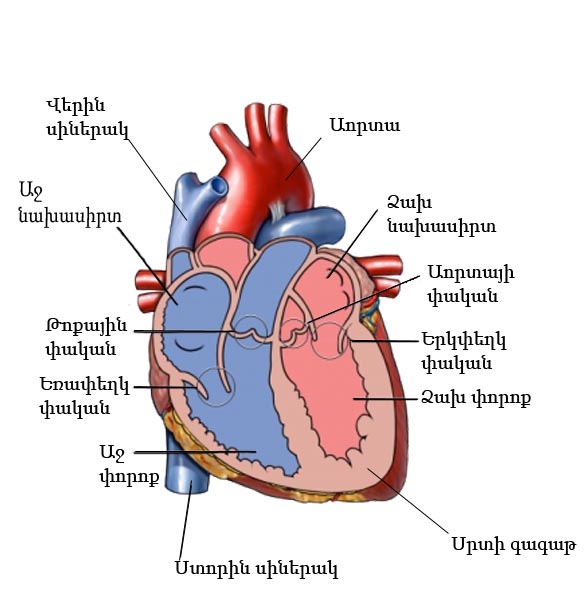From Open Minded Health:
Cardiovascular disease (CVD) is the leading cause of death in the United States. And it’s growing, largely because the factors that lead to CVD are growing too: obesity, diabetes, high blood pressure, high cholesterol, diets based on meat, and physical inactivity. We have data on how CVD risk varies depending on sex, ethnicity, and socioeconomic status. But we don’t have strong data on how gay, lesbian, and bisexual peoples risk factors add up to actual CVD risk.
CVD risk is often calculated using data from the Framingham study, a massive multigenerational study started back in 1948. The risk calculators that still come from that study today are some of the most well validated calculators we have. A physician can plug in a few numbers and get a good estimate of your risk of having a cardiovascular-related event over the next few years. The calculators are publicly available, but really do need training to interpret.
Why do I bring up the Framingham study? Because the study I’m examining this week uses those same calculators and other factors to try to estimate the cardiovascular risk of lesbian, gay, and bisexual cisgender people. Let’s take a look at what they did!
This study used data from the National Longitudinal Study of Adolescent to Adult Health. They used data from a whopping 13,427 participants. That’s a lot of people — one of the largest sample sizes covered here on Open Minded Health. The participants were also quite young for a study on heart disease — mostly around 28-29 years old. They looked at social factors like age, ethnicity, educational level, and level of financial stress. They also looked at medical factors, like their diabetes status and hypertension (high blood pressure) status.
The researchers reported sexual orientation on a Kinsey-like 5-point scale, from “heterosexual” to “mostly heterosexual” to “bisexual” to “mostly homosexual” to “homosexual”. I’ll try to stick to that language for clarity. Among the participants, 80% of the women and 93.5% of the men said they were heterosexual. In contrast, .9% of the women and 1.7% of the men said they were homosexual, and 18.7% of women and 4.8% of men were in the middle.
So what about their cardiovascular risk?
The men’s 30 year CVD risk was 17.2%, and the women’s was 9%. What does that mean? It means the men has a 17% chance of having cardiovascular disease in the next 30 years. In other words, a little under 1 in 5 of the men would have CVD by the end of 30 years. By then, they’d be in their late 50’s. Roughly one in five men and one in ten women in the entire study would likely have cardiovascular disease by their late 50’s.
What happens when we look at sexual orientation?
For women: Compared to heterosexual women (9% risk), all other sexual orientations were at higher risk for cardiovascular disease. Mostly heterosexual women had the lowest of non-heterosexual women, at 9.8%. Mostly homosexual women had the highest, at 11.8%.
For men: Compared to heterosexual men (17.2% risk), some sexual orientations were at higher risk and some were at lower risk. Mostly heterosexual and completely homosexual men were at lower risk of cardiovascular disease — 16.3% and 16.6% respectively. In contrast, mostly homosexual men had higher risk, at 20.2%!
What factors other than sexual orientation came into play? Risks were lower with more education. Being a college graduate reduced risk from 3% for women to 5% for men. Being of Asian or Hispanic descent was also protective, though not nearly as much. And the factors that increased risk? Being of African descent (up to 1% higher), being older (up to 1.5% higher), and having financial stress (up to 1.2% higher).
Let’s summarize a bunch of those numbers, shall we?
Overall, men are at twice the risk for cardiovascular disease as women. Non-heterosexual women are at higher risk than heterosexual women. Among men, mostly heterosexual and completely homosexual men were at lowest risk and mostly homosexual men were at the highest risk. Among everyone, poorer black people were at higher risks and richer, more educated Hispanics and Asians were at lower risks.
Why such a difference?
It’s hard to say. The researchers don’t go into detailed statistics to figure it out. I have some thoughts from looking over the data they published though. For women, it looks like part of that increased risk is from smoking — it looks like a higher percentage of non-heterosexual women smoked. On the male side, it looks like diabetes may play a role. But I haven’t run statistics to see if what I think I’m seeing is real or just by chance.
Regardless — this is valuable information which will help public health officials determine where to put their resources.
What can you do with this information? You can work to reduce your own cardiovascular risk! Here are some things to consider doing (depending on what works for you!):
- Move more, eat less. Most Americans eat too much and don’t move enough, which leads to obesity and cardiovascular disease.
- Stop smoking. Much easier said than done, but this is one of the best things you can do for your health
- If you have diabetes, keep your blood sugar under control as best you can. Aim for the lowest HbA1c you can, but under 7% is a great place to be. If you haven’t spoken with a diabetes nurse educator, they can be great allies.
- If you have hypertension, keep it under control as best you can. Take your medications, and talk with your doctor about them.
- Get some healthy stress relief. Whether that’s a long hot bath, a fitness class, a long walk/run in the wilderness, or knitting a scarf — find something that helps you relax every day.
Want to read the study for yourself? The abstract is publicly available!

No comments:
Post a Comment